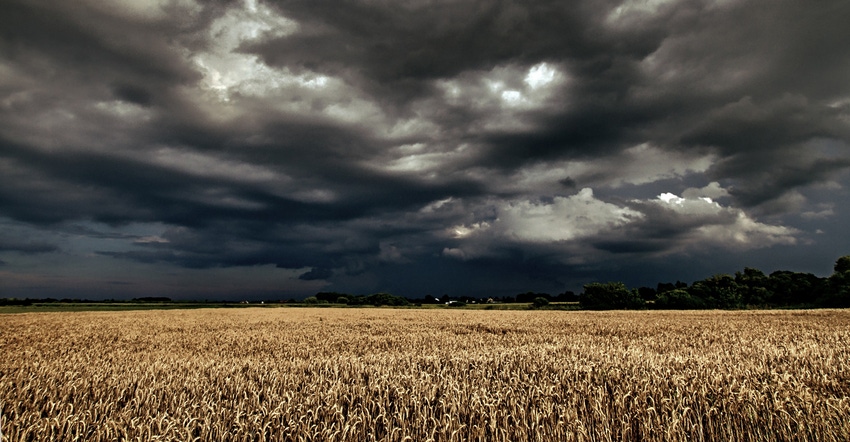June 3, 2020

The Ohio State University Extension Agronomic Crops Network notes some climate predictions for this summer, including:
Water temperatures. The ocean temperatures are cooling in the eastern equatorial Pacific Ocean while ocean temperatures are above normal in the Gulf of Mexico into parts of the Caribbean. In addition, Lake Erie water temperatures will trend from cooler to warmer than normal as the growing season advances.
Soil moisture. With recent rains, soil moisture has increased again in Ohio and remains above normal in much of the corn and soybean belts. The soils are not as wet as 2019, but with above-normal soil moisture will come plenty of evapotranspiration. In 2019 in Ohio, soil moisture generally ranked in the top 1% to 5% wettest in the country; currently, it is in the top 5% to 15% wettest, as shown in this National Oceanic and Atmospheric Administration’s National Weather Service Climate Prediction Center soil moisture graphic.
Abundant rain. Research shows 30% to 50% of summer rains come from local evapotranspiration from crops, trees, etc. Given the wet soil conditions overall, expect a wetter-than-normal first half of the summer, but not like last summer. We are likely to see the typical summer thunderstorm complexes in June and July ride along the high-moisture-content boundary of the corn crop from the Northern Plains to Ohio.
Late-summer dry-out. Rainfall becomes more uncertain in the second half of the summer. Given the warm Gulf of Mexico and Caribbean Sea, it will likely favor increased storm activity there. When that happens, Ohio often dries out some — at least in late summer.
Higher temps. The outlook for June through August calls for temperatures slightly above normal with rainfall going from above normal in the first half to normal or below normal in the second half of summer. The above-normal temperatures are favored more on overnight low temperatures versus daytime high temperatures due to soil moisture.
The latest climate outlooks are available at cpc.ncep.noaa.gov.
Source: OSUE, which is solely responsible for the information provided and is wholly owned by the source. Informa Business Media and all its subsidiaries are not responsible for any of the content contained in this information asset.
You May Also Like




